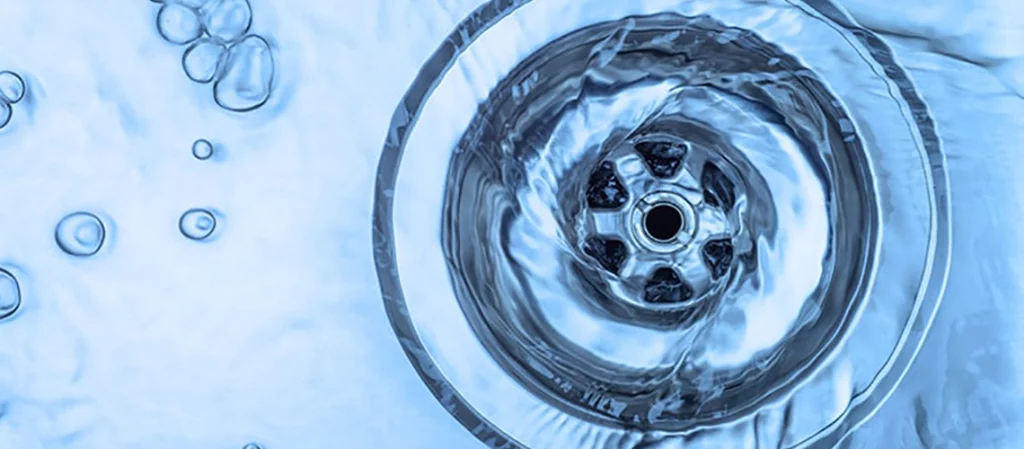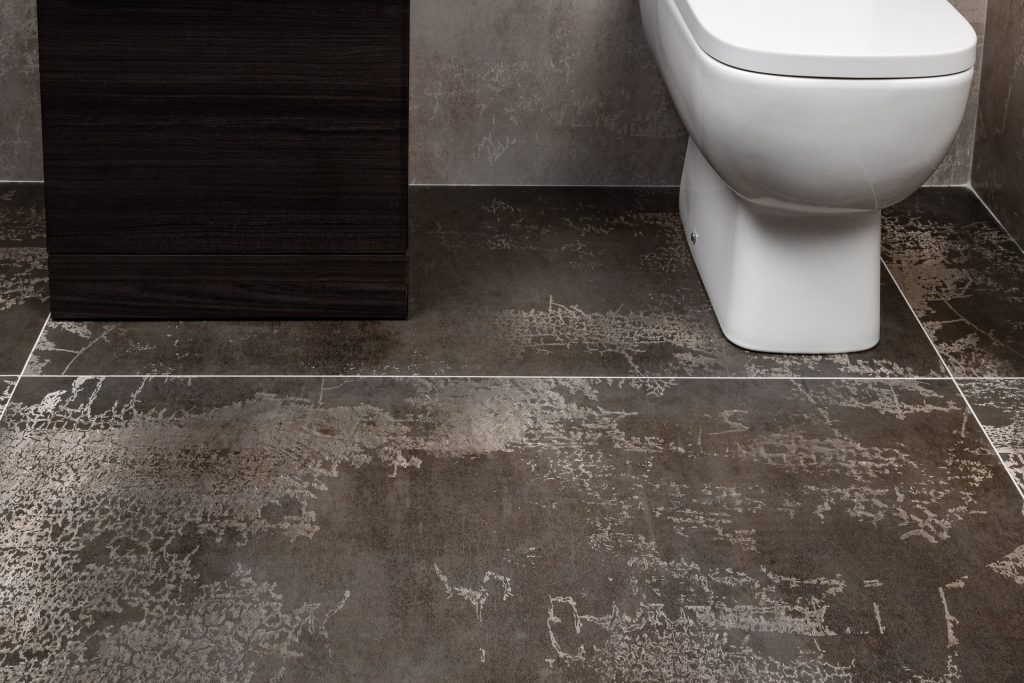Dealing with a clogged toilet can be a messy and unpleasant experience. Thankfully, you don’t always need a plunger to solve the problem. With a bit of know-how, you can address the clog efficiently and safely. In this guide, we’ll cover the reasons behind toilet clogs, the importance of addressing them promptly, and a step-by-step method to clear the blockage without a plunger.
Contents
Why Toilets Clog
Toilets are designed to dispose of human waste and toilet paper. However, when other items or an excessive amount of waste is flushed, it can lead to a blockage. The design of the toilet trap, a curved pipe that leads from the bowl to the drain, can easily become clogged if non-flushable items are introduced.
Common Causes of Toilet Clogs
Toilet clogs can be a nuisance for homeowners and can occur for various reasons. Understanding the most common causes can help in preventing such incidents. Here are the primary reasons toilets tend to get clogged:

- Excessive Toilet Paper: One of the most common culprits behind toilet clogs is using too much toilet paper. If a large amount of paper is flushed at once, or if the paper doesn’t dissolve quickly, it can easily form a blockage.
- Non-Flushable Items: Items that aren’t meant to be flushed can easily cause clogs. This includes baby wipes, feminine hygiene products, cotton balls, cotton swabs, dental floss, and certain kinds of thick tissues or wipes labeled as “flushable” which, in reality, often don’t break down as easily as regular toilet paper.
- Toys and Accidental Flushing: It’s not uncommon for small children to drop toys or other small household items into the toilet and then flush. These objects can quickly cause obstructions.
In order to avoid these common causes, it’s essential to educate all household members about what can and cannot be flushed down the toilet. Regular maintenance and inspections of your plumbing system can also help in preventing unexpected clogs. If you do experience a stubborn clog, consider reaching out to a professional plumber to ensure it’s properly and safely addressed.
The Importance of Addressing Clogs Promptly
A clogged toilet might seem like a minor inconvenience, but leaving it unattended can lead to a myriad of problems. Addressing toilet clogs promptly is crucial for several reasons:
- Hygiene and Sanitation: A clogged toilet can become a breeding ground for bacteria and other pathogens. Waste that sits stagnant in the bowl can contaminate the bathroom environment, leading to potential health risks.
- Preventing Water Damage: If a clog causes the toilet to overflow, it can lead to water spilling onto the floor. Not only is this messy, but persistent exposure to moisture can damage flooring, baseboards, and even the structural components of your home. Additionally, water leaks can promote mold and mildew growth, posing further health hazards and increasing repair costs.
- Avoiding Larger Plumbing Issues: A minor clog can turn into a significant blockage if not addressed. Over time, the obstruction can move deeper into the plumbing system, making it more challenging and costly to remove.
- Cost Savings: Addressing a clog promptly, especially when it’s minor, can save you money in the long run. If left unattended, you might need professional plumbing services, which can be more expensive than simple DIY fixes.

While it might be tempting to postpone dealing with a clogged toilet, it’s essential to address the issue promptly. Early intervention can prevent further complications, save money, and ensure a safe and hygienic living environment.
Essential Tools to Unclog a Toilet without a Plunger
While the trusty plunger is the go-to tool for most clogged toilets, there are times when one might not be available, or it might not be effective. In such situations, you can turn to various household items and alternative methods to get the job done.
Remember, patience is essential when dealing with clogs. Sometimes, allowing a solution to sit for a while (like the baking soda and vinegar mixture) can yield better results. If you’ve tried multiple methods and the clog persists, it might be time to consult with a professional plumber to ensure no larger issues are at play.
Step-by-Step Guide: How to Fix a Clogged Toilet Easily
Dealing with a clogged toilet can be daunting, but with the right approach, you can handle it effectively. Here’s a step-by-step guide to help you unclog your toilet with ease:
Evaluate and Prevent Overflow: Before doing anything, check the water level. If it looks like it might overflow with another flush, turn off the water supply valve (usually located behind the toilet near the floor). This will prevent additional water from entering the bowl.
Gloves On: For hygiene and safety, wear rubber or disposable gloves.
Try Dish Soap and Hot Water: Pour a generous amount (about a cup) of dish soap into the toilet. Let it sit for about 10 minutes to allow the soap to work its way down.
Following this, pour a bucket of hot water (not boiling) from waist height into the toilet bowl. The force combined with the soap may help dislodge the clog.
Baking Soda and Vinegar Technique: If the dish soap method doesn’t work, empty out most of the water in the bowl. Pour one cup of baking soda into the toilet and allow it to sit for a few minutes. Follow up by slowly pouring in two cups of vinegar. You’ll see a fizzing reaction. Allow this mixture to work for at least 30 minutes to an hour.
Wire Coat Hanger Method: Straighten out a wire coat hanger but keep a small hook on one end. Gently insert the hooked end into the toilet drain, using it to poke, prod, and break up the clog. Be gentle to avoid scratching the porcelain.
Plastic Wrap Technique: Dry the toilet bowl rim and place plastic wrap over the entire opening, ensuring there are no air gaps. Press down slightly to create a seal. Flush the toilet (make sure the water supply is on). The plastic should bulge upwards from the pressure. After it does, press down on the bulge to create a vacuum effect, which may help dislodge the clog.
Flush and Check: Once you’ve tried a method, turn the water supply back on (if you turned it off) and give the toilet a flush to check if the clog is cleared.
If the water drains away, the clog has likely been resolved. If not, you may need to repeat a method or try a different one.
Clean Up: Once the clog is cleared, clean your toilet bowl with a toilet cleaner and disinfect any tools you used.
Wash your hands thoroughly, even if you wore gloves.
Professional Help: If you’ve exhausted the above methods and the toilet remains clogged, it might be time to call in a professional plumber. There might be a deeper issue or a more significant blockage that requires specialized tools or expertise.
Remember, it’s essential to remain patient and gentle when working on the clog. Forceful or aggressive actions might damage the toilet or plumbing.
How to Fix a Clogged Toilet Without a Plunger
Dealing with a clogged toilet can be frustrating, especially if you don’t have a plunger on hand. Fortunately, there are alternative methods you can use. Here’s how to address a clogged toilet without resorting to a plunger:
- Baking Soda and Vinegar: Pouring a cup of baking soda followed by an equal amount of vinegar can create a reaction that might help dislodge the clog.
- Vacuum: A wet/dry shop vacuum can suck out the clog. Just ensure the vacuum is set to “wet” mode.
After trying any of these methods, give the toilet a test flush to check if the clog has cleared. If the blockage remains after multiple attempts, it might be time to consult a professional plumber to prevent potential damage or identify deeper plumbing issues. Remember always to wear gloves and maintain hygiene while working on the clog.
Safety Precautions and Cleanup
Addressing a clogged toilet involves dealing with potentially harmful bacteria and contaminants. It’s essential to prioritize safety during the process and thoroughly clean up afterward.

- Wear Gloves: Always wear gloves to protect your hands and maintain hygiene.
- Avoid Chemical Drain Cleaners: They can damage your pipes and are harmful to the environment.
- Clean Up: Once the clog is cleared, clean the area thoroughly using a disinfectant to prevent any bacterial growth.
Remember, if the clog persists or if you’re unsure, it’s always best to call a professional plumber.
FAQ about how to fix a clogged toilet without a plunger
Upon realizing that your toilet is clogged, there are immediate measures you can take before diving into a specific method to solve the problem. First, stop the flow of water to prevent overflow. Then, protect your bathroom area by laying down old towels or newspapers. Lastly, gather the required materials, depending on the method you wish to employ.
Dish soap acts as a lubricant, easing the passage of the clog down the drain. To use this method, pour a generous amount of dish soap into the toilet bowl. Let it sit for 20-30 minutes to break down the obstruction. After this, pour hot (but not boiling) water into the bowl, which will further help in softening the clog. In most cases, the combination of soap and hot water will clear the blockage.
The hot water method is quite effective for softening and breaking down many types of clogs. Start by boiling a kettle of water. Once it’s hot (but not boiling), carefully pour it into the toilet bowl. The heat helps soften the materials causing the clog, making it easier for them to move down the drain. If the blockage is not severe, this method can often resolve it without the need for other interventions.









